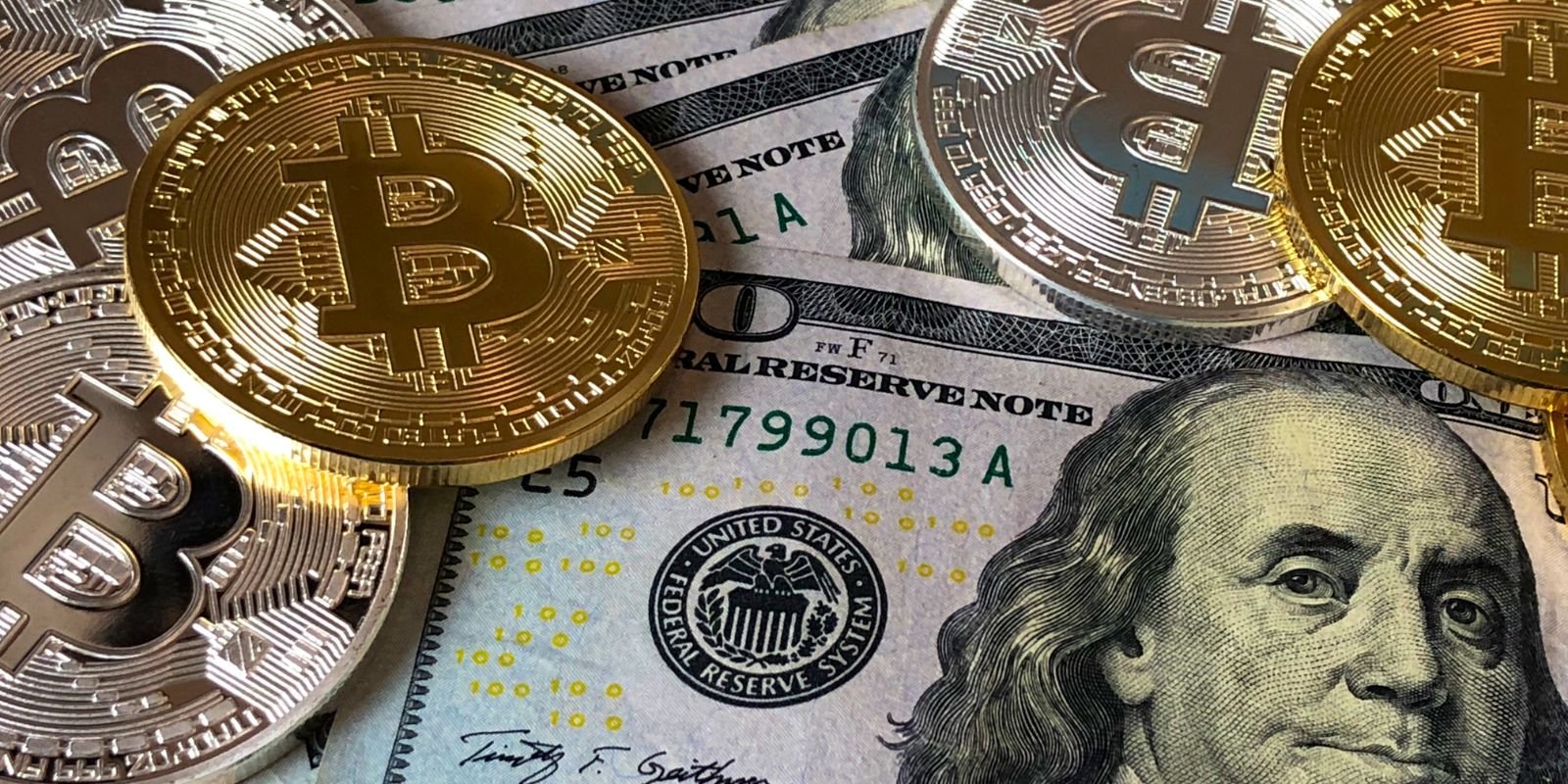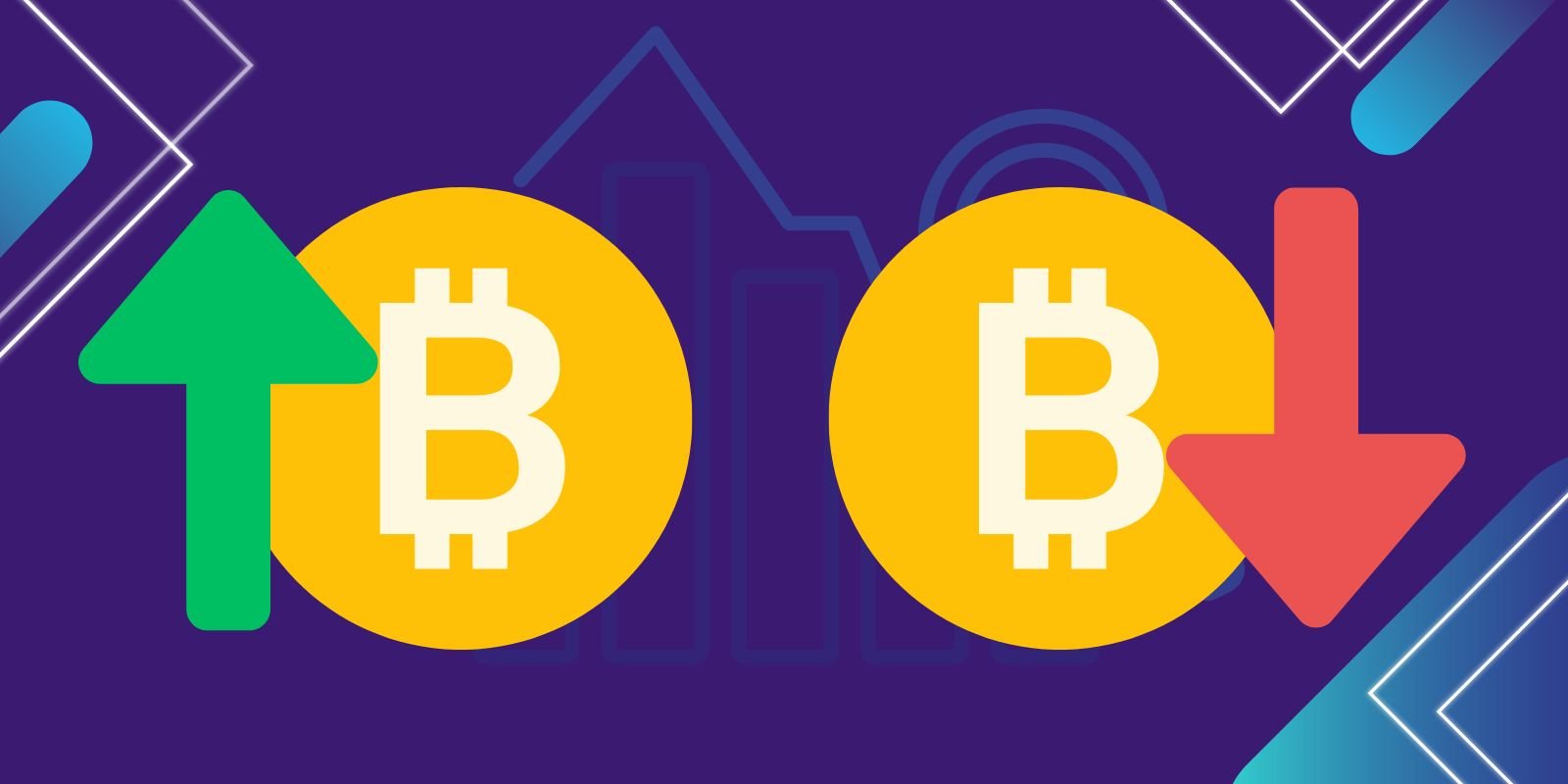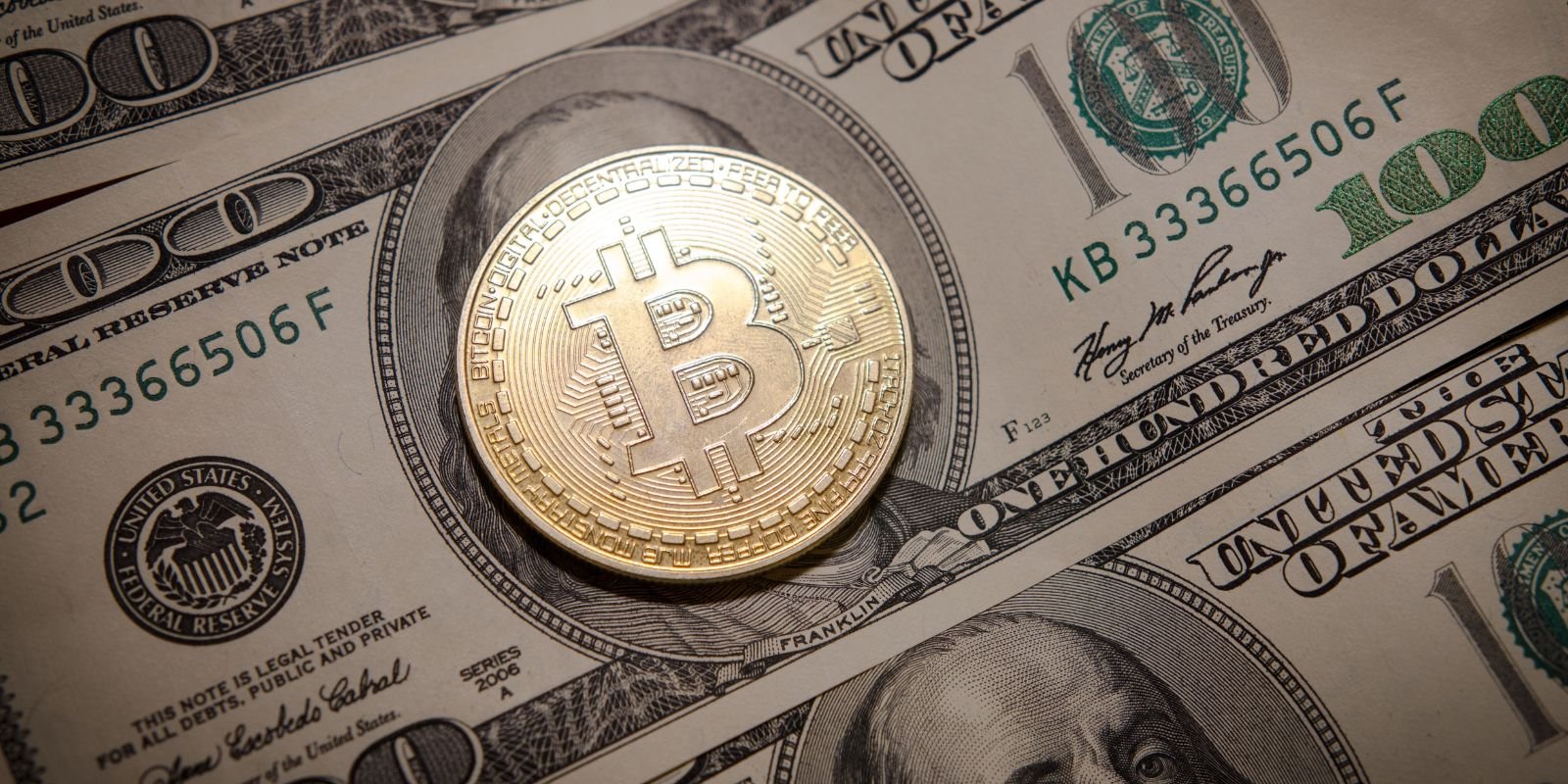Blockchain is a digital ledger system that uses cryptography to keep track of digital transactions. It is secure, transparent, and tamper-proof, which makes it an ideal system for recording and managing transactions.
Blockchain technology which is also known as Distributed Ledger Technology(DLT) can be used for a variety of purposes, such as tracking the movement of goods throughout the supply chain, securing online identities, and managing digital assets. It is quickly becoming a key technology for businesses and organizations of all sizes.
What Is a Blockchain?
A blockchain is a digital ledger that is used to record transactions. It is a distributed database that is shared by all members of the network. Transactions are added to the blockchain in blocks, and each block is verified by the network. It is secure and tamper-proof and can be used to track transactions between parties. It is this security and transparency that makes it a valuable tool for businesses.
How Does Blockchain Work?
The blockchain is made up of blocks, which are sets of records that are linked together to form chains. It is distributed across a network of computers, so there is no central authority that controls it. DLT is secure because it is encrypted. Transactions are verified by the network of computers, so it is impossible to tamper with them. It is transparent, so everyone can see the transactions that have been recorded on it.
The blockchain contains three types of data: transactions, blocks, and addresses.
Transactions
Transactions are digital exchanges of value, such as money transfers or cryptocurrency mining rewards.
Blocks
Blocks are batches of valid transactions that have been mined together into an immutable sequence on the blockchain by miners.
Addresses
Addresses are identifiers for individual users or organizations on the blockchain network.
Bitcoin and Blockchain
Bitcoin is a digital currency that is created and held electronically. Bitcoins are not printed like traditional currency; they are “mined” by computers that solve complex math puzzles. Bitcoin accounts are kept in so-called “wallets,” which are encrypted and can be stored on a computer or mobile device. Wallets make selling and buying Bitcoins and other cryptocurrencies possible.
To spend Bitcoins, users must first create a digital signature, which is then verified by other users who have downloaded the Bitcoin wallet software. This process ensures that no one spends more Bitcoins than they have.
This innovative technology is used to track all transactions made with Bitcoin and verify them through the use of an encrypted digital signature. Blockchain technology allows us to use the same amount of computing power to verify a transaction as it would take to create one new block in the chain (that’s why blockchain is called “decentralized”).
Three main benefits of using this technology in Bitcoin are:
Faster Transactions
By using this technology, you can make transactions much faster than ever before without sacrificing security or trustworthiness. It doesn’t require any middlemen like banks or other financial institutions—which means that you don’t have to pay a fee for each transaction.
Reduced Cost
The cost of transactions using Bitcoin is reduced by the use of this technology. This means that instead of using a central authority to govern the movement of money, transactions are managed by computers that communicate with each other.
Transparency and Security
Currently, Bitcoin is one of the most popular cryptocurrencies. The main reason for this is that it offers transparency and security. The technology behind Bitcoin makes it resistant to fraud as well as allows for transparency in the system.
Blockchain technology is what makes Bitcoin possible. The ledger is distributed across a network of computers, and anyone can access it. This makes it secure and tamper-proof, as any changes to the ledger would be detected by the other computers in the network.
It is a decentralized network that allows the creation of Bitcoin and other cryptocurrencies, but it also provides a way for anyone to store and transfer data without having to go through a third party. It’s based on an idea called “peer-to-peer technology,” which allows people to send money directly between themselves without going through an intermediary such as a bank or credit card company.
Using DLT for Other Things Besides Bitcoin
While Bitcoin is the most well-known application of blockchain technology, it is by no means the only one. It can be used for a wide range of applications, from tracking the provenance of goods to recording land ownership. It can also be used to create digital identities, which could be used to verify the identity of online users.
It has the potential to revolutionize many industries, and it is likely that we will see more applications of this technology in the future. It has the potential to revolutionize how we think about transactions, contracts, and data. This technology is most commonly associated with Bitcoin and other cryptocurrencies, but it has many more applications than just digital currency.
The blockchain is a distributed ledger that can be used to record transactions between two parties efficiently and in a verifiable and permanent way. It consists of blocks where data is stored in a linear sequence. Each block is linked to the previous block via a cryptographic hash function so it becomes very difficult to modify or delete any information in the blockchain.
The Benefits of Blockchain
Here are some of the benefits of blockchain:
1. Blockchain is secure and tamper-proof.
Blockchain technology is the future of data privacy. It allows the user to control their own data and share it only with those who they want to. This technology will play a big role in the future of data privacy. It will allow users to control their own data and share it only with those who they want to. It has many other uses, including being a new way for businesses to raise capital by issuing tokens.
2. Transactions on the blockchain are transparent and can be verified by anyone.
It is a continuous, sequential chain of blocks that are linked together, each block containing data about the previous block. This means that every transaction is visible to everyone on the network.
3. The blockchain is decentralized, so there is no need for a central authority.
This technology stores and transmits information about transactions between two parties without the need for a central authority. It is distributed, meaning it doesn’t rely on data centers or servers with many copies of the same data available in case one fails.
4. Blockchain technology is revolutionizing many industries, including finance, healthcare, and supply chain management.
It is one of the most exciting technologies in recent years. It has been implemented in many different industries such as supply chain management, financial services, and real estate.
The Potential Uses of Blockchain
Think about all of the potential uses of this technology. It could be used to securely store information, track transactions, or even create digital currencies. The transparency of this technology has made it a valuable tool for improving trust between all parties involved in a transaction and also for faster transactions with fewer intermediaries.
Here are just a few of its uses:
DLT technology can be used for voting.
This technology can help support voting systems that are not centralized. This could mean that there would be no vote-counting process unless it was done by a trusted source, like a government or corporation.
Blockchain technology can be used to protect data privacy.
Since this technology is decentralized, it’s impossible for anyone except the owner to access data stored on a blockchain. This means that companies will have a much harder time collecting personal information from users and storing that information in databases that aren’t secure. It also means that users will have more control over their own data than they do now.
Blockchain technology can help solve problems with supply chains.
Supply chain management is one area where this technology could have a huge impact on businesses around the world—it could help prevent fraud in supply chains by ensuring that goods are being delivered where they’re supposed to go at the right time without having any human interaction involved.
The possibilities are endless, and the potential for blockchain is huge. It could revolutionize the way we do business and make it easier than ever to transfer money around the world. The potential impact of this technology is huge. It could revolutionize everything from the way we interact with each other to our ability to get information about ourselves and others.
FAQs About Blockchain
Here are some of the most frequently asked questions about blockchain:
What is blockchain?
It is a digital ledger that is used to record transactions. It is a distributed database that is maintained by a network of computers.
What are the benefits of blockchain?
The benefits of this technology include enhanced security, reduced costs, and increased efficiency.
How is blockchain being used?
Blockchain is being used in a variety of industries, including finance, healthcare, and logistics.
Conclusion
It is a distributed database that allows for secure, transparent, and tamper-proof transactions. It is the basis for Bitcoin and other cryptocurrencies, and it has the potential to change the way we do business. Because of this technology buying and selling Bitcoin is made transparent and secure. Blockchain is still a relatively new technology, and there are many applications for it that have yet to be explored. If you’re interested in learning more about blockchain, there are plenty of resources available online. It is a revolutionary technology that has the potential to change the way we do business. Try it out and see how it can benefit you.







